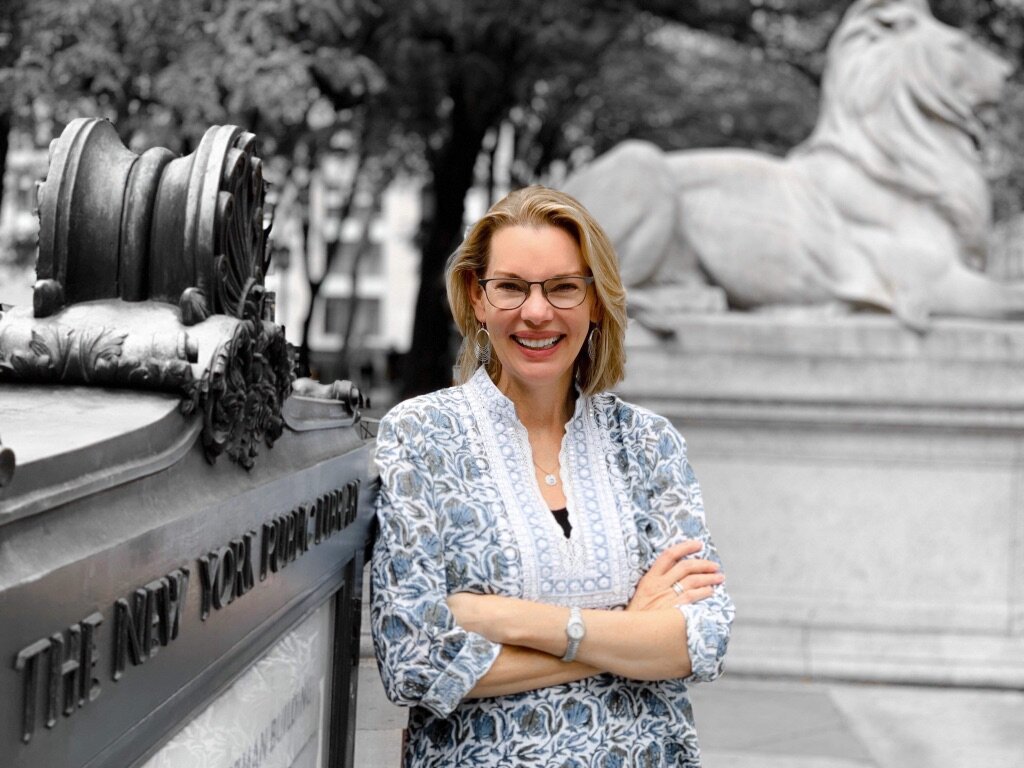A conversation with the Author
Photographer : Maria Buenaventura
What made you choose the New York Public Library?
Early into my research on the building, I discovered that when the library was built, the architects included a seven-room apartment deep inside, where the superintendent and his family lived for thirty years. He and his wife raised their three children there, and once I learned that, I knew it would make the perfect setting for The Lions of Fifth Avenue. I invented a fictional family – the Lyons – and decided to tell the story from the wife’s point of view in 1913, as well as from her granddaughter’s in 1993.
What drew you to set part of the novel in the 1910s?
That decade was a period of enormous change for women, when they made great strides, socially and economically. The novel brings to life the Heterodoxy Club, an actual women’s group that began in Greenwich Village in 1912, where women were encouraged to speak openly, and attracted icons like Inez Haynes Irwin, Agnes de Mille, Elizabeth Gurley Flynn, and Charlotte Perkins Gilman. One of the characters in my book is based on Dr. Sara Josephine Baker, a pioneer in the field of preventative medicine, whose work dramatically lowered infant mortality rates in the slums of New York in the early 1900s.
How did you get the idea to focus on rare book thefts?
The theft in the novel is inspired by one that occurred in 1994 at Columbia University’s Butler Library, in which a thief stole $1.8 million in rare books, manuscripts, and letters over the course of three months. I was lucky enough to interview Jean Ashton, the University’s librarian at that time, as part of my research. Ashton’s testimony at the trial had an enormous impact in the way the court system punished book thieves from that time forward – yet another example of the enormous impact of one woman, speaking out.

